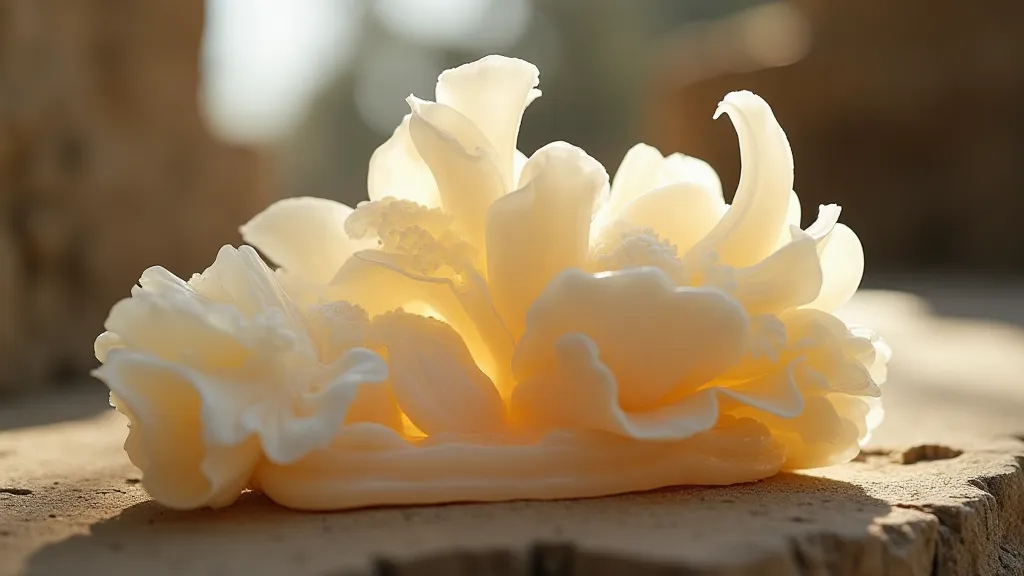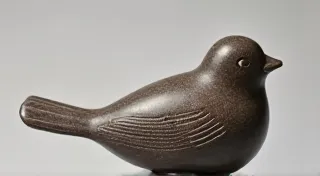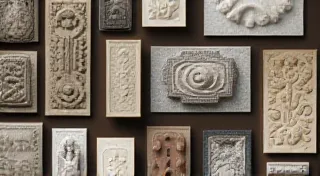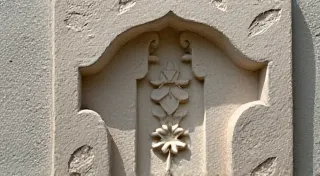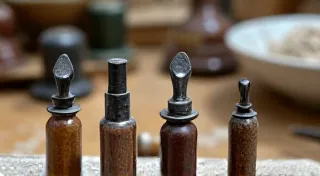Caring for Your Stone Carvings: Preservation and Cleaning
There's a profound beauty in permanence. Think of ancient Roman statues, weathered by centuries, still holding their dignity and artistry. Or the intricate carvings on a weathered tombstone, whispering stories of lives lived. Stone, in its essence, represents endurance, a quality deeply resonant with the human desire to leave a mark, to create something lasting. When we acquire a stone carving – be it a whimsical garden gnome, a majestic bust, or a delicate abstract form – we’re not simply bringing home an object; we're welcoming a legacy, a connection to a craft that stretches back millennia. But this legacy requires care. Neglect can dull the brilliance, accelerate deterioration, and ultimately diminish the very qualities that drew us to the piece in the first place.
My grandfather, a meticulous clockmaker, instilled in me a deep respect for craftsmanship. He's the one who first showed me the patina on a well-loved antique accordion – the slight discoloration, the softened edges. He explained it wasn't damage, but a record of its history, a testament to countless melodies played and shared. It was a lesson in appreciating the marks of time, but also in understanding that gentle, informed care can preserve what’s precious, slowing the inevitable march of decay.

Understanding Your Stone: A Crucial First Step
Not all stone behaves the same way. Knowing what type of stone your carving is made from is the foundation of proper care. Limestone, sandstone, marble, granite, and alabaster each possess unique characteristics, sensitivities, and vulnerabilities. Limestone and sandstone, being more porous, are particularly susceptible to damage from acidic substances and moisture. Marble, while prized for its beauty, is prone to etching from acids and can be brittle. Granite, on the other hand, is incredibly durable and resistant to many types of damage, but still requires attention to prevent staining. The selection of the right stone is paramount, as different stones inherently possess varying levels of durability and susceptibility to environmental factors. For those embarking on a stone carving project, understanding choosing the right stone for its intended use and environment is the first critical step in ensuring its longevity.
Often, even the original artist or sculptor will have subtly indicated the type of stone used – perhaps a small mark on the base, or an almost invisible inscription. If unsure, a local geologist or a reputable stone restoration specialist can usually identify the type of stone. This information will dictate the cleaning methods and protective measures you employ.
Gentle Cleaning: Removing Surface Dirt and Grime
The cleaning process should always begin with the gentlest approach. The aim is to remove surface dirt and grime without abrasive action that could scratch or erode the stone. A soft-bristled brush – a paintbrush works well – and lukewarm water are often sufficient for routine cleaning. For more stubborn dirt, a mild solution of distilled water and a pH-neutral soap (like dish soap, used sparingly) can be employed. Always test any cleaning solution in an inconspicuous area first to ensure it doesn't discolor or damage the stone.
Avoid harsh chemicals at all costs. Vinegar, lemon juice, and other acidic substances will etch many types of stone, particularly limestone and marble. Abrasive cleaners, like scouring powders, will scratch the surface, creating microscopic imperfections that can trap dirt and accelerate deterioration. Consider the stone’s porosity; porous stones absorb liquids more readily, so rinse thoroughly after cleaning to prevent moisture from lingering and potentially causing damage.
Addressing Stains and Discoloration
Stains and discoloration can be the most challenging aspect of caring for stone carvings. The source of the stain will determine the appropriate treatment. Organic stains – caused by leaves, moss, or bird droppings – can often be removed with a solution of hydrogen peroxide and water. Iron stains, which appear as reddish-brown marks, can be tricky and may require a specialized poultice of absorbent material (like talc or diatomaceous earth) mixed with a mild rust remover. Again, *always* test any treatment in a hidden area first.
Sometimes, discoloration isn't a stain but a natural patina – a subtle darkening or alteration in color that has developed over time. This patina can be a desirable feature, adding character and depth to the carving. If you're unsure whether a discoloration is a stain or a patina, consult a professional before attempting to remove it. The removal of a genuine patina can significantly diminish the value and aesthetic appeal of the carving.

Protection from the Elements: Indoor vs. Outdoor Considerations
The environment plays a significant role in the longevity of your stone carving. Outdoor carvings are exposed to the elements – rain, snow, ice, sun, and temperature fluctuations – all of which can accelerate deterioration. Acid rain, in particular, is a major threat to limestone and marble. Consider providing some form of shelter for your outdoor carvings, such as a covered patio or a dedicated structure. When choosing a stone for a garden sculpture, ensuring its durability against the elements is crucial. Understanding stone carving for garden art and its specific requirements can ensure a beautiful and long-lasting addition to your outdoor space.
Even indoor carvings need protection. Direct sunlight can fade colors and weaken the stone. Fluctuations in humidity can cause expansion and contraction, leading to cracks. Maintain a stable environment, avoiding extremes of temperature and humidity. Consider applying a sealant specifically designed for stone, but be sure to research thoroughly – some sealants can trap moisture or alter the appearance of the stone.
Dust Control and Carving Techniques
The carving process itself generates significant dust, particularly when working with harder stones like granite. Inhaling stone dust can be harmful, so proper ventilation and respiratory protection are essential. Beyond health considerations, managing dust also helps maintain the clarity of intricate details and prevents them from being obscured by particulate matter. Advanced carving techniques often incorporate methods to minimize dust generation and ensure a smoother final product.
Understanding Stone Grain and Structure
Just as wood has a grain, stone possesses a distinct internal structure and layering. Recognizing this grain direction is vital for several reasons. Carving against the grain can lead to chipping or cracking. Understanding grain direction also influences the best angles for chiseling and shaping the stone, optimizing efficiency and preserving the integrity of the carving. It also impacts how the stone will react to weathering and potential stress fractures.
Professional Restoration: When to Seek Expert Help
Sometimes, the damage is beyond the scope of simple cleaning and maintenance. Cracks, chips, significant staining, and structural instability all warrant professional attention. Finding a reputable stone restoration specialist is crucial. Look for someone with experience working with the specific type of stone your carving is made from. A skilled restorer can repair cracks, re-instate missing pieces, and stabilize the structure of the carving, preserving its integrity for generations to come.
The Legacy of Stone: A Constant Reminder of Craftsmanship
Caring for your stone carving isn’t just about preserving an object; it’s about honoring the artistry and skill of the creator. These pieces often represent a connection to the past, a tangible link to traditions that have been passed down through centuries. Like the well-loved accordion, a stone carving tells a story – a story of creation, of time, and of the enduring beauty that can be found in the natural world. With thoughtful care and a little bit of knowledge, we can ensure that these stories continue to be told, and that the legacy of stone endures.
